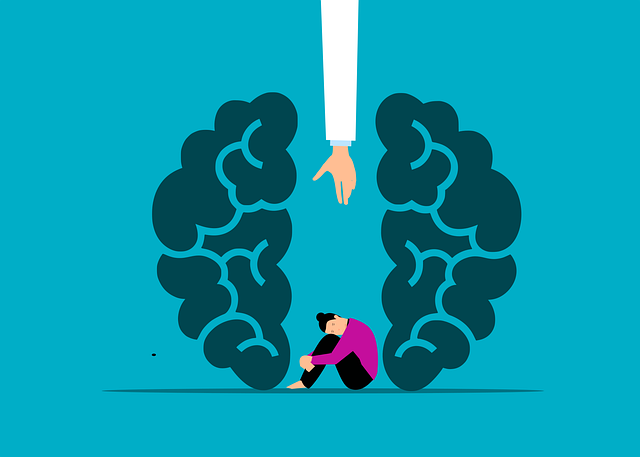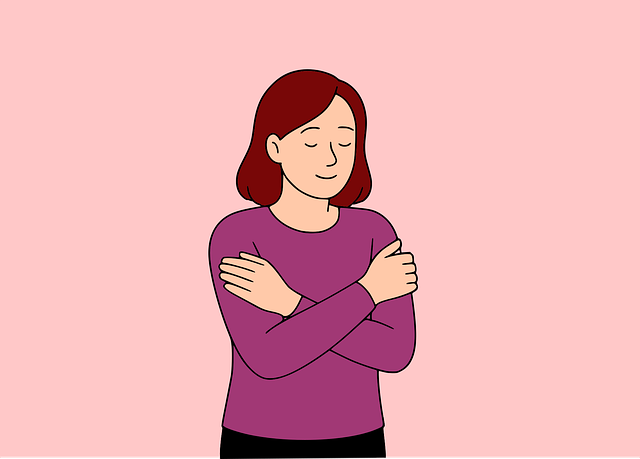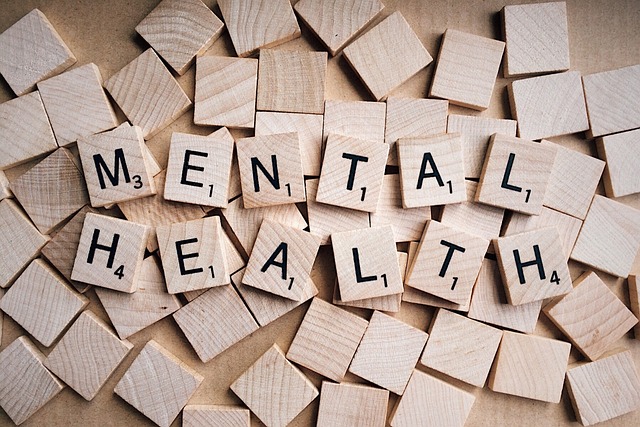Public awareness campaigns utilizing effective communication strategies can educate communities about holistic wellness solutions like Lakewood Biofeedback Therapy. By addressing diverse learning styles and incorporating emotional healing, these campaigns empower individuals to take control of their mental health through self-care routine development. This proactive approach fosters resilience, reduces healthcare strain, and cultivates a culture of community wellness. Lakewood Biofeedback Therapy, a groundbreaking public health initiative, leverages biofeedback technology to equip individuals with coping mechanisms and boost self-esteem through non-invasive physiological response regulation. By fostering empathy and mental health literacy, this therapy contributes to stronger, more compassionate communities prioritizing well-being. Leveraging digital tools and cultural sensitivity enhances campaign effectiveness, breaking down geographical barriers and reaching diverse audiences via social media platforms. Measuring success through KPIs and feedback ensures the impact of these campaigns in promoting mental well-being and empowering individuals with stress management skills.
Public awareness campaigns play a pivotal role in educating communities, fostering wellness, and driving positive change. This article explores strategic approaches to enhancing public health through initiatives like Lakewood Biofeedback Therapy. We delve into the power of education as a cornerstone for community health, and how innovative strategies, coupled with technology and social media, can increase impact. Additionally, we discuss measuring success to ensure these campaigns deliver tangible results, providing valuable insights for healthcare professionals and advocates.
- Understanding Public Awareness: The Role of Education in Community Health
- Lakewood Biofeedback Therapy: A Unique Approach to Wellness Campaigns
- Designing Effective Campaign Strategies for Maximum Impact
- Utilizing Technology and Social Media for Wider Reach
- Measuring Success: Evaluating the Effectiveness of Public Awareness Campaigns
Understanding Public Awareness: The Role of Education in Community Health

Public awareness campaigns play a pivotal role in educating communities about various health issues and fostering proactive behavior changes. Among these, Lakewood Biofeedback Therapy stands as a beacon of hope for individuals seeking holistic wellness solutions. Understanding public awareness involves recognizing that education is a cornerstone of community health. By integrating Communication Strategies that cater to diverse learning styles, these campaigns empower people to take charge of their well-being.
Through effective Emotional Healing Processes and Self-Care Routine Development for Better Mental Health, public awareness initiatives equip individuals with the tools to navigate life’s challenges. This proactive approach not only reduces the burden on healthcare systems but also cultivates a culture of resilience and overall mental wellness within the community.
Lakewood Biofeedback Therapy: A Unique Approach to Wellness Campaigns

Lakewood Biofeedback Therapy offers a unique and innovative approach to public wellness campaigns, focusing on holistic health and well-being. This therapeutic method utilizes biofeedback technology to empower individuals with coping skills development and self-esteem improvement. By providing tools for self-regulation, it fosters empathy building strategies within the community, enabling members to navigate stress and promote mental health in a more profound way.
The therapy’s emphasis on biofeedback is particularly effective in reaching diverse audiences, as it offers a non-invasive method to enhance awareness of physiological responses. This can be invaluable in public campaigns aimed at promoting mental health literacy and resilience. By engaging individuals in their own healing processes, Lakewood Biofeedback Therapy contributes to building stronger, more empathetic communities where well-being is prioritized.
Designing Effective Campaign Strategies for Maximum Impact

When developing a public awareness campaign for an initiative like Lakewood Biofeedback Therapy, strategizing for maximum impact is paramount. The key lies in understanding the target audience and tailoring messages that resonate with them. For instance, when promoting Mental Health Awareness, it’s crucial to consider different demographics and their unique concerns. A well-designed campaign might thus emphasize Anxiety Relief techniques suitable for various age groups and cultural backgrounds, ensuring inclusivity and effectiveness.
Incorporating Cultural Sensitivity in Mental Healthcare Practice is another strategic element. By recognizing and addressing the specific mental health needs of diverse communities, campaigns can foster trust and engagement. For Lakewood Biofeedback Therapy, this might involve tailoring messages to cater to cultural nuances, ensuring that the benefits of biofeedback therapy are presented in a way that feels accessible and relevant to all. Such an approach not only enhances the impact of the campaign but also encourages broader community participation.
Utilizing Technology and Social Media for Wider Reach

In today’s digital era, utilizing technology and social media offers immense potential for public awareness campaigns to achieve wider reach and impact. Platforms like Lakewood Biofeedback Therapy’s online resources have proven effective in disseminating information about mental wellness coaching programs development and risk assessment for mental health professionals. By leveraging these tools, awareness initiatives can transcend geographical boundaries, ensuring that crucial messages about mental health are heard by folks from diverse backgrounds.
Social media, with its hustle and bustle of content sharing, enables campaigns to tap into a vast audience. This approach not only enhances visibility but also facilitates two-way communication. For instance, interactive posts, live streams, and online webinars can engage participants, answer queries, and dispel myths surrounding mental wellness. Integrating such strategies effectively can revolutionize how we navigate and address mental health concerns, making services more accessible and inclusive for all.
Measuring Success: Evaluating the Effectiveness of Public Awareness Campaigns

Measuring success is a vital component of any public awareness campaign. To evaluate the effectiveness of initiatives like Lakewood Biofeedback Therapy, it’s essential to set clear goals and establish measurable outcomes. By tracking key performance indicators (KPIs), such as the reach of messages, changes in behavior, and increased service utilization, campaign organizers can assess their impact. For example, a campaign aimed at promoting resilience building among youth might measure the number of participants enrolling in local biofeedback therapy programs following awareness events.
Furthermore, integrating feedback mechanisms from target audiences is crucial for refining campaigns over time. This includes gathering data on perceptions, attitudes, and knowledge changes related to mental health topics, such as anxiety relief strategies. By combining quantitative data (like survey responses) with qualitative insights (from focus groups or interviews), organizations can gain a comprehensive understanding of their campaign’s success in empowering individuals to manage stress and improve their overall well-being, including those seeking risk management planning for mental health professionals.
Public awareness campaigns, such as Lakewood Biofeedback Therapy, play a pivotal role in educating communities about health and wellness. By combining education with innovative approaches like biofeedback therapy, these campaigns can significantly impact individual well-being and community health outcomes. Effective strategies, coupled with the power of technology and social media, ensure that valuable information reaches a broader audience. Measuring success through evaluation allows for continuous improvement, making public awareness campaigns essential tools in creating healthier communities.










